Estimated reading time 16 minutes, 51 seconds.
With an area of approximately 520,000 square miles (1.35 million square kilometers), the Northwest Territories is slightly larger than the contiguous lands of Portugal, Spain, France, Belgium, and Switzerland. Yellowknife, its capital city, has approximately 20,000 inhabitants, and another 25,000 residents are scattered across the NWT’s vast landscape. Given the lack of roads and the short summers, air transport is the only mode of transportation capable of supporting and enhancing the lives, and livelihoods, of the NWT’s people year-round.
A vital provider of air services across Canada’s Far North is Air Tindi of Yellowknife. Whether it involves moving a critically ill individual to a hospital; delivering food, fuel, and pharmaceuticals to a secluded community; carrying specialized equipment to a remote work site; or dropping a tourist off at a bucket-list destination, Air Tindi performs these and many other important missions 24/7, 365 days a year.
Skies recently visited Air Tindi in Yellowknife, where we toured its extensive facilities, experienced its flight operations, and spoke with numerous employees. Before examining the company’s current situation, it is worth reviewing how it got to where it is today.

A new venture
Ray Baert and Evelyn Comrie created an air charter outfit named Raecom Air at Yellowknife in 1978. A decade later, its assets were acquired by four members of the Arychuk family who had previously operated Bathurst Inlet Air Services. Two brothers and their wives began operating as Air Tindi on Nov. 1, 1988. Alex was president; his wife, Sheila, was vice president of finance and administration; Peter was vice president of marketing; and his wife, Teri, was vice president of operations. The company’s name was important, as Tindi means “big lake” in the Dogrib language of the Tlicho First Nation and refers to Great Slave Lake.
The new venture had nine employees and three aircraft — a Cessna 185, a DHC-3 Otter, and a leased DHC-6-100 Twin Otter. Its growth was aided by the purchase of the Yellowknife assets of La Ronge Aviation Services in May 1990, as well as its amalgamation with Latham Island Airways in March 1991. During the following 15 years, Air Tindi became one of the NWT’s leading air charter companies.
On Dec. 19, 2006, it was acquired by London, Ontario-based Discovery Air — a publicly-traded holding company that owned other specialized aviation businesses, including Great Slave Helicopters, Hicks & Lawrence, and Top Aces. Under Discovery Air’s ownership, Air Tindi opened a base at Calgary where it operated an executive jet charter service with three Learjet 35As and a trio of Challenger 601s between 2012 and 2015. However, that distraction from Air Tindi’s northern focus was less than rewarding.
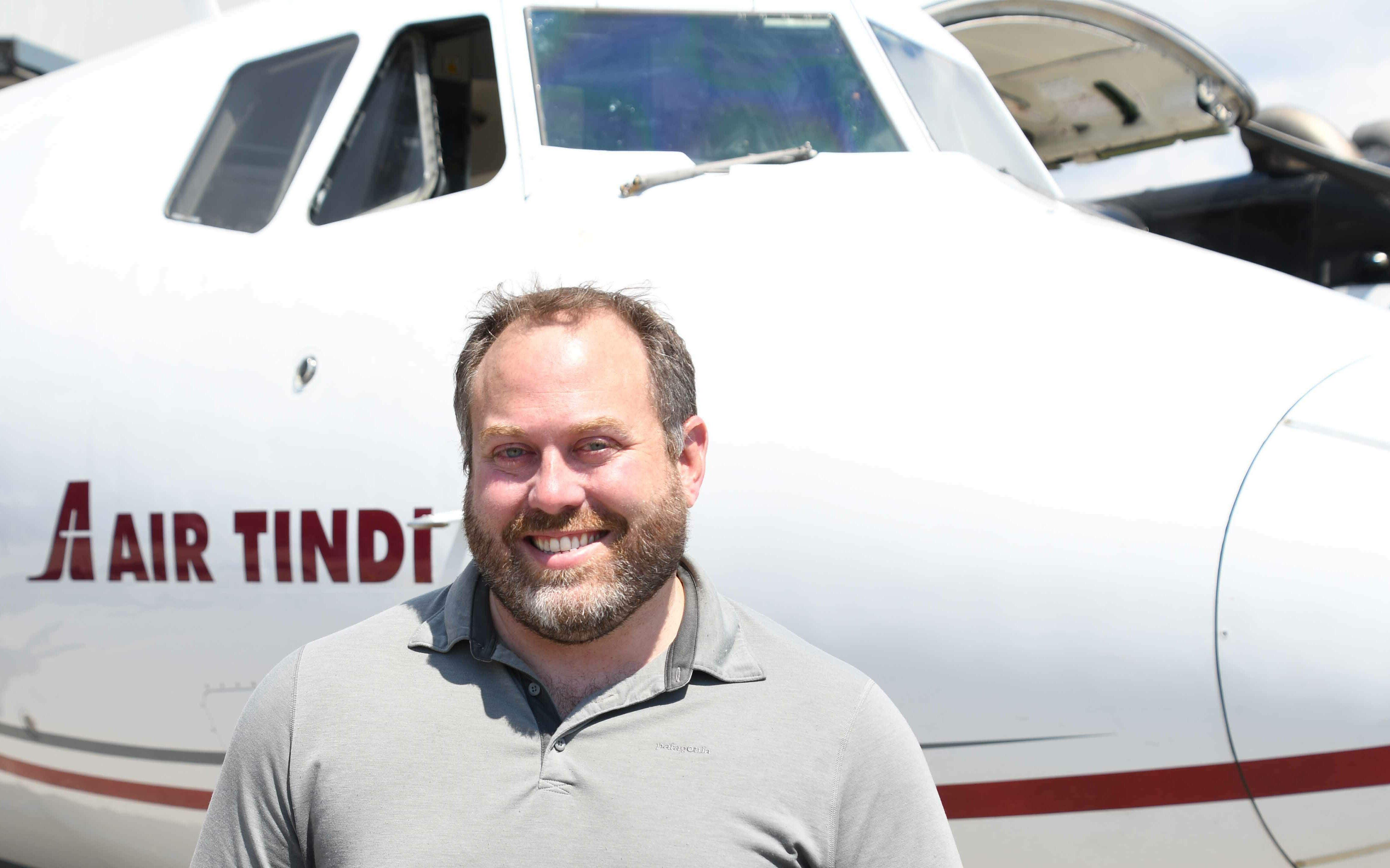
In March 2018, Discovery Air declared bankruptcy due to financial challenges. But Toronto-based private equity management firm Clairvest Group — which was a significant creditor of Discovery Air — recognized Air Tindi as an attractive opportunity, and acquired the company soon after; it remains Air Tindi’s owner today.
An established operation
Nowadays, Air Tindi derives its revenues from three main sources: contracted and ad hoc charters, medevac missions, and scheduled services. Ad hoc charters represent approximately half of Air Tindi’s business, while contracted charters, air ambulance, and scheduled services contribute the rest.
The charter services division performs contracted flights related to the movement of personnel, equipment, and essentials — such as groceries to operating mine sites. Air Tindi’s ad hoc charters are often associated with natural resource exploration and development, indigenous community support, mine remediation, government administration, wildlife surveys, and tourism within the NWT and the Kitikmeot Region of Nunavut.
The company’s air ambulance division has provided service to 33 NWT communities, together with Advanced Medical Solutions, since 2007. The partnership is named ACCESS Air Ambulance, which stands for Aeromedical Critical Care Emergency Services Specialists. Three specially equipped Beech King Air 250s are each crewed by two pilots and one or two critical care providers, and can accommodate two patients on stretchers. Since 1988, Air Tindi has logged more than 75,000 accident-free medevac flight hours.
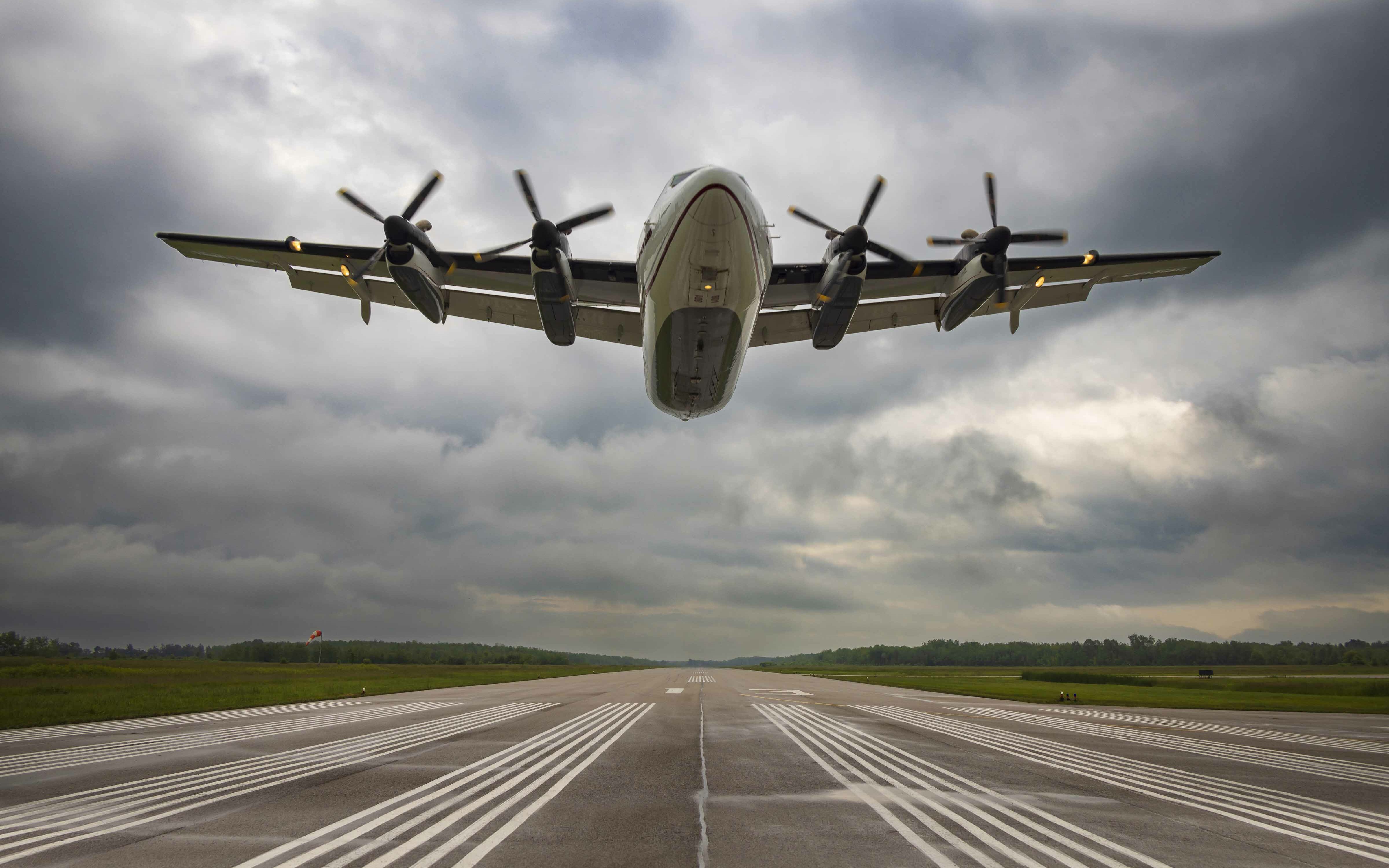
Lastly, Air Tindi’s airline operations currently provide scheduled passenger service from Yellowknife (YZF) to Hay River (YHY), Fort Simpson (YFS), Whati (YLE), Lutsel K’e (YLK), Wekweeti (YFJ), and Gameti (YRA). The flight frequencies for each route change as seasonal traffic dictates, and the equipment used can vary depending on demand.
Over the course of its 34 years, the company has operated a total of 81 aircraft, including 30 distinct models, according to the Canadian Civil Aircraft Register (CCAR). That eclectic mix has included a Helio Super Courier, a Cessna 550 Citation II, a Short Skyvan, and a DHC-4A Caribou. Today, its rationalized fleet of 21 aircraft includes only six airframe designs.
Air Tindi’s busiest fleet members are its seven DHC-6-300 Twin Otters, as the aircraft typically fly 1,200 hours per year performing charters and scheduled services. As a passenger aircraft, the Twin Otter can carry up to 19 customers; configured as a freighter, the type can haul 3,500 pounds (1,588 kilograms) of cargo. Depending on the season and the landing surface at a given destination, Air Tindi’s Twin Otters can be equipped with standard tires, oversized tundra tires, skis, or floats.

The company also has one Beech King Air 200 that is used primarily for charter work, and three King Air 250s that are dedicated air ambulances. Each King Air typically logs about 1,000 hours annually.
When lighter aircraft are required, Air Tindi has one DHC-3T Turbo Otter and one Cessna 208 Caravan that only perform VFR flights. The Otter can accommodate either eight passengers or 2,800 lbs. (1,270 kg) of freight, while the Caravan holds seven passengers or 2,400 lbs. (1,089 kg) of cargo. Each of these machines usually fly 500 hours per year on charter missions. Like the Twin Otters, they can be fitted with wheels, skis, or floats.
The only Air Tindi aircraft not based in the North are its trio of King Air 350s. Civilian registered, they wear the VIP livery of the Royal Canadian Air Force and are flown out of CFB Trenton in Ontario.
Last, but not least, Air Tindi’s star performer is the DHC-7 Dash 7. Only 113 were built, and the CCAR shows that there are 11 in the Air Tindi fleet. Of those, five are airworthy and each normally operates about 1,200 hours annually. The company’s Dash 7s can be configured to carry 46 passengers, but as a dedicated freighter the type can carry over 12,000 lbs. (5,443 kg) of cargo on five pallets. As a Combi, the aircraft can carry 18 passengers with three pallets; 26 passengers with two pallets; or 34 passengers with one pallet. Moreover, its 91-inch by 70-inch cargo door permits oversized objects to be loaded with ease.
Mindful of the Dash 7’s scarcity, Air Tindi purchased seven examples from Trans Capital Air of Toronto earlier this year. Six of those are either candidates to be made airworthy or will be parts donors.
The team
Approximately 230 employees are responsible for Air Tindi’s continued success. That number includes almost 75 pilots and about 45 aircraft maintenance engineers (AMEs). As well, there are dispatch specialists, flight attendants, loadmasters, cargo staff, ramp hands, dock handlers, community agents, apprentices, marketing managers, and administrators looking after human resource and financial matters. Given that few team members grew up in Yellowknife, talent is sourced from across Canada and beyond.
When Skies asked Air Tindi’s current president, Chris Reynolds, if it has been difficult to attract exceptional people, he said: “No, we’re pretty lucky with that. The flying we do is so unique, and our fleet operates everything from VFR bush operations to IFR CARs 705 airline work.”
He added, “After being here for six or seven years, pilots or AMEs may have flown or been licensed to work on four different aircraft types. They’ve seen a lot of the North and have had some truly spectacular experiences.”
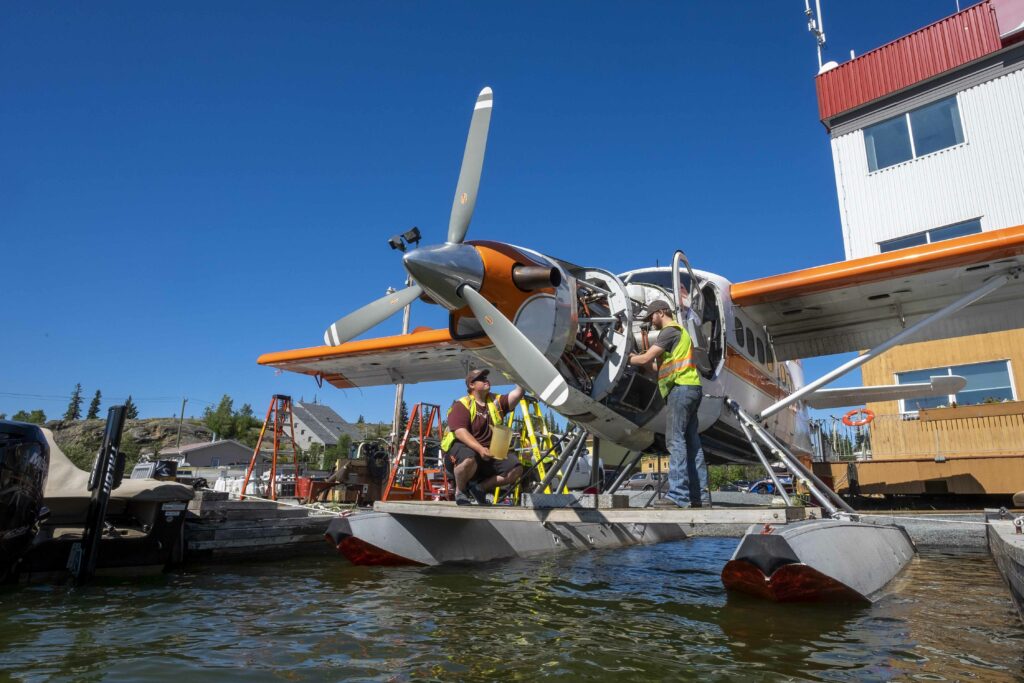
Reynolds noted that the company performs an annual road show to numerous Canadian colleges in an effort to recruit commercial pilots and AMEs. Its presentation describes the opportunities at Air Tindi, the geographic attractions of Yellowknife, as well as details regarding the high cost of living. “We push adventure and community,” he shared.
SWOT analysis
To gain a better understanding of any business model and, therefore, appreciate how a company may perform in the future, it is useful to review the strengths, weaknesses, opportunities, and threats (SWOT) of a particular corporation. Doing so with Air Tindi yields the following insights:
Strengths
Among Air Tindi’s strengths are a strong corporate culture. The company’s service orientation was reflected in the positive attitudes and keen efforts exhibited by its employees during numerous visits by Skies at both the Yellowknife Airport facilities and the seaplane base on nearby Latham Island. It was also demonstrated during interactions with a number of key customers at remote sites in the NWT and Nunavut.
Air Tindi’s simplified fleet is another strength. It has been right-sized to half a dozen dependable types that suit the missions flown. With respect to commonality, all of Air Tindi’s aircraft are powered by P&WC PT6A turbine engines.

The relationships Air Tindi has made in surrounding communities serve as another strength. The company has formed six joint ventures related to air charter and medevac services with indigenous peoples across the NWT and Nunavut.
Weaknesses
Among Air Tindi’s weaknesses are the climatic consequences associated with its location. The North has extreme weather conditions that can provide challenges to flight operations. Moreover, electricity and heating costs are significant and require disciplined oversight.
There are also geographic consequences. Given the great distance from the usual sources of aircraft rotables and components, larger than normal inventories must be warehoused in order to reduce AOG (aircraft on ground) times.
Opportunities
Opportunities for Air Tindi include reducing maintenance capital expenditures. Management is currently working to creatively reduce the cost of maintaining the company’s aircraft without impacting their reliability or limiting their utilization.
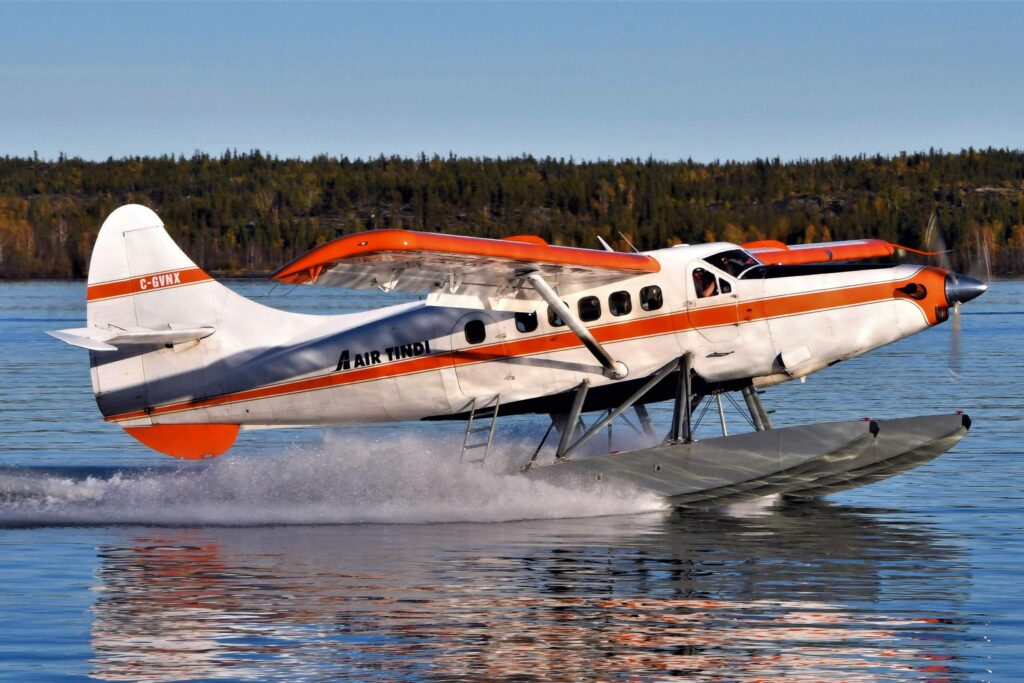
Increasing scheduled services is another. Having proven that it can reliably serve remote communities, Air Tindi is looking at opportunities in sparsely populated regions south of the 60th parallel.
There are also opportunities with respect to mining exploration, as the Government of Canada has proposed spending $3.8 billion to support new critical minerals projects. Rare-earth elements (REE) are crucial in the production of leading-edge clean energy, and automotive and electronic equipment. The NWT is well positioned to witness new exploration activity, and air transportation would be required.
Threats
Threats to Air Tindi’s operations include aging mines in the NWT. The Diavik Diamond Mine is due to end production in 2025; the Ekati Diamond Mine is due to run until 2028; and the Gahcho Kue Diamond Mine is expected to close in 2030.
Another threat is created by external economic factors, including interest rates, fuel prices, and the US Dollar to Canadian Dollar exchange rate — all of which can significantly impact the financial performance of aviation companies given typical debt levels, flight activity, and the fact that aircraft and their components are priced in US Dollars.

Looking ahead
These days, any talk about aviation’s future includes electric power. So, earlier this year, Air Tindi agreed to participate in NASA’s Electrified Powertrain Flight Demonstration project by providing a Dash 7. It will be powered by two P&WC PT6A turboprops and two magniX magni650 electric propulsion units. The modified aircraft is expected to eventually perform flight tests out of Yellowknife — thereby demonstrating the advantages of electric propulsion and highlighting the need for expanded electric infrastructure in Canada’s North.
In the meantime, Air Tindi will continue to focus on the needs of its customers. When Skies asked Reynolds what key attribute keeps Air Tindi’s customers loyal, he responded, “Value. We refuse to over sell and under deliver.”
With good people and the right equipment, Air Tindi continues to be an essential economic catalyst across Canada’s Far North.
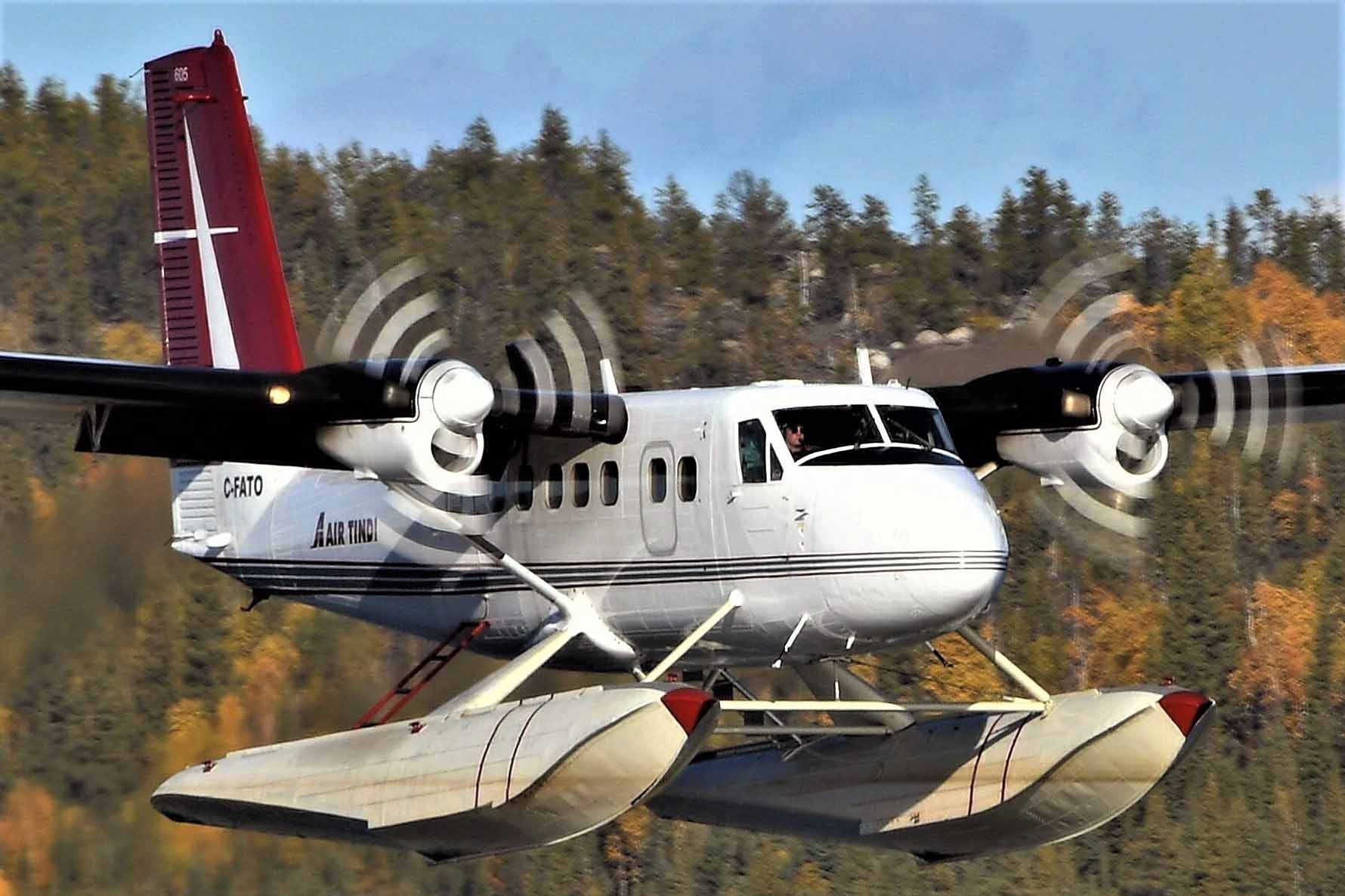
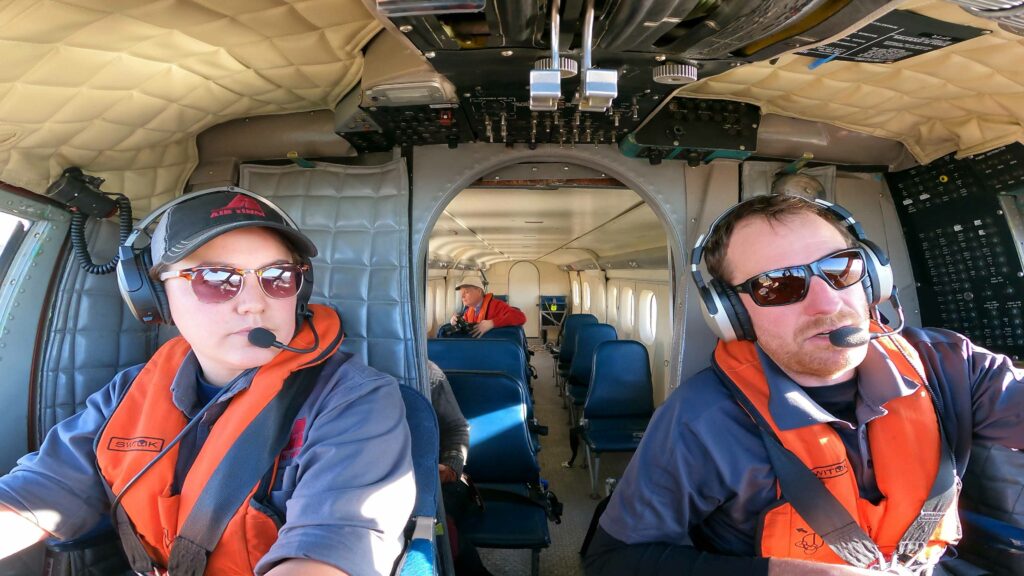

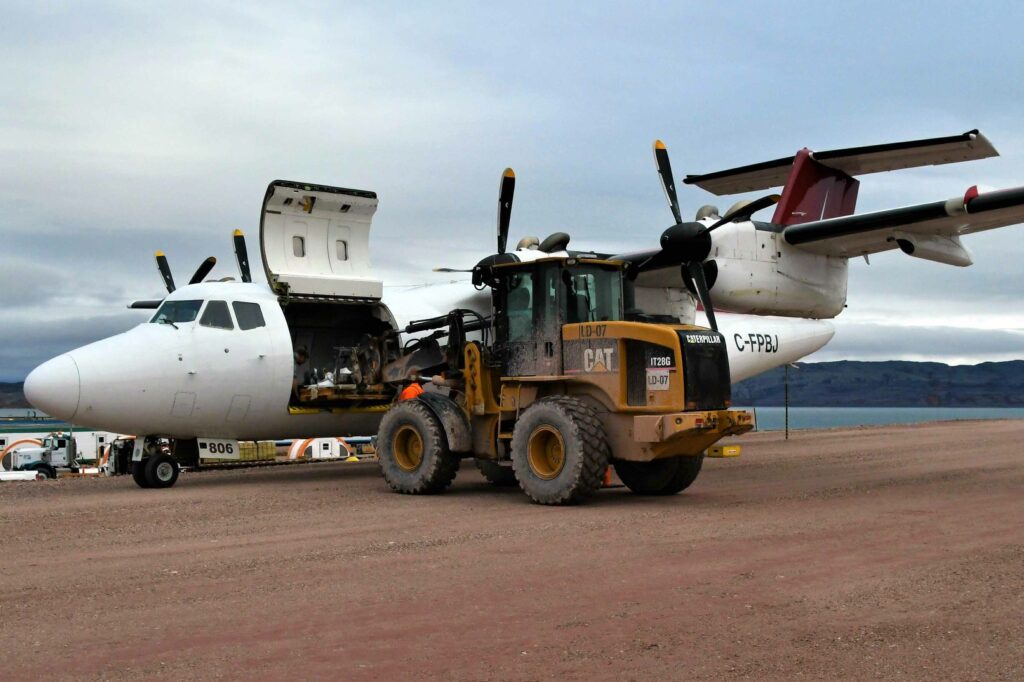
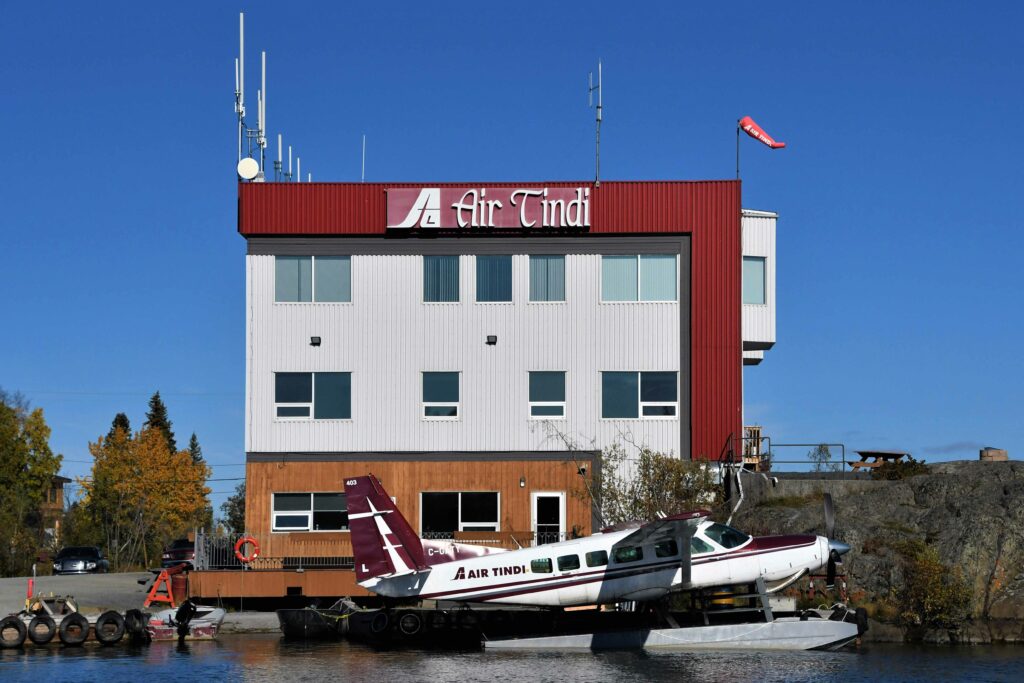


Fantastic article.
We have a common friend, Susan P. at TD Bank.
I have l loved aviation for decades! I have thousands of pics of aviation on FACEBOOK (public access for most)
Many thanks Ken. It was a treat to visit Air Tindi and to meet many members of its remarkable team. Its fleet is rather special, especially the amazing Dash 7s.
Speaking of teams, you are most fortunate to have SP on yours. Cheers.